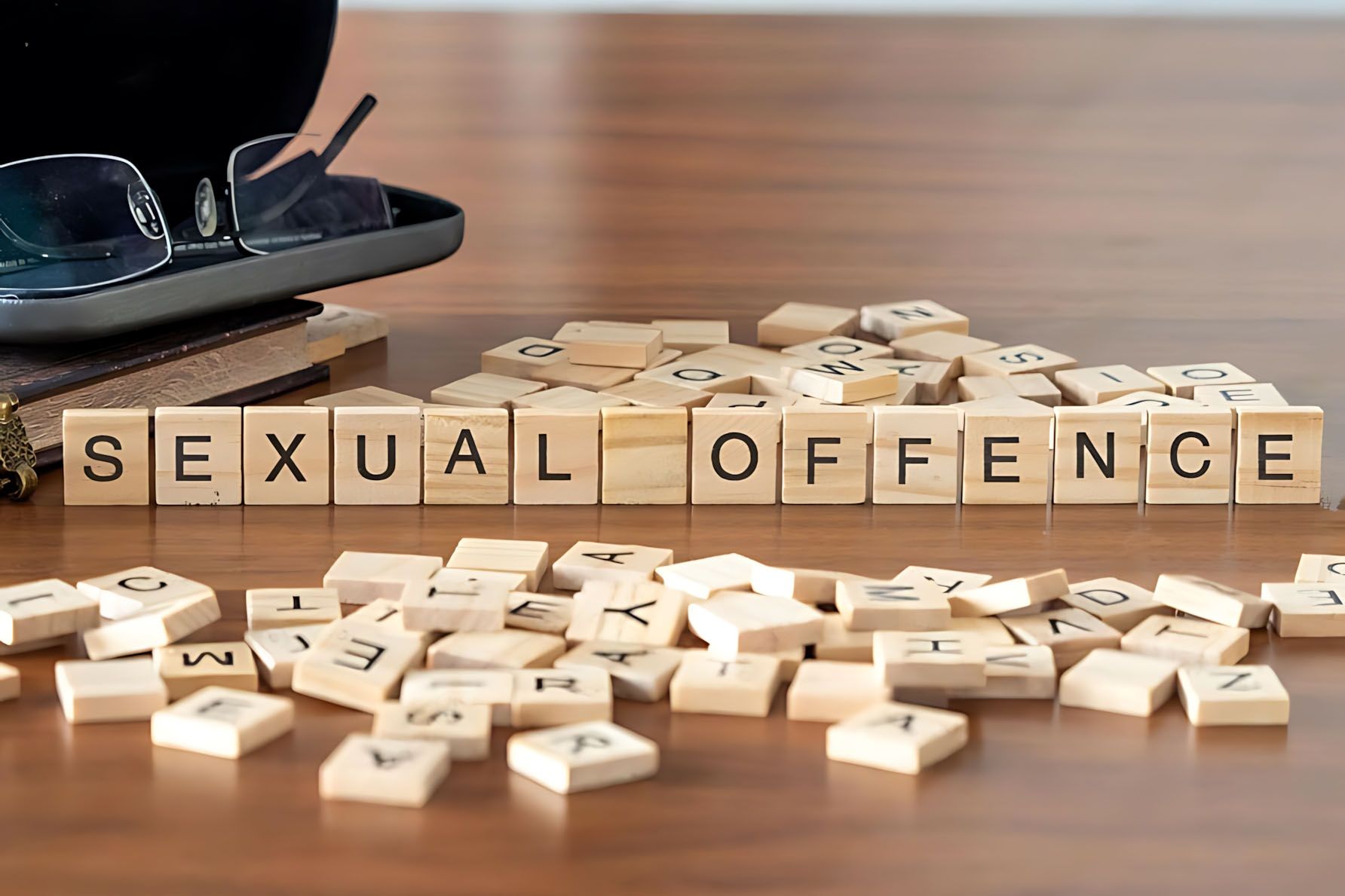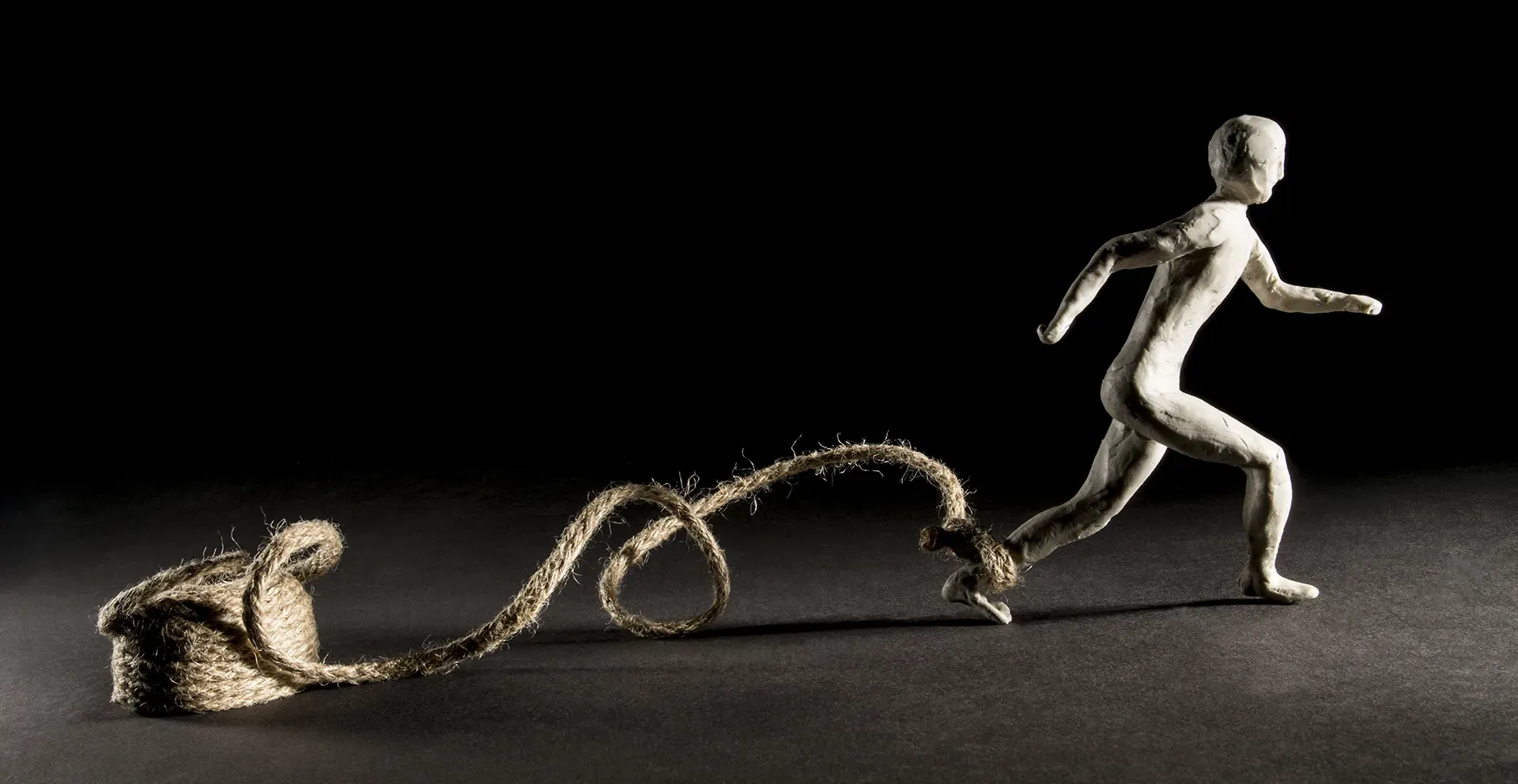Call Us Today
What You Should Know About Restorative Justice in the ACT
What type of offence is eligible for restorative justice conferences?
According to the Crimes (Restorative Justice) Act 2004, an offence is eligible for restorative justice if they qualify for several conditions. First, if Part 4 of the Act applies to the offence and offender; second, if the victim is at least ten years old.
A victim younger than ten years old may take part in restorative justice through an immediate family member who fulfils the criteria in Subsection 4, which clarifies what ‘immediate family member’ means for ACT restorative justice. It lays out definitions for ‘siblings’ and ‘parents,’ saying:
“immediate family member”, in relation to a victim of an offence, means a person who was, at the time the offence was committed—
(a) a parent of the victim; or
(b) a sibling of the victim.
Examples of siblings
1 brother or sister
2 half-brother or half-sister
3 step-brother or step-sister
4 someone who has the same guardian or foster parent as the victim
Eligible parents
(1) A parent of a child victim of an offence (no matter how old the child victim is) is eligible for restorative justice in relation to the offence if—
(a) this Act applies to the offence and the offender under
part 4; and
(b) the child victim is incapable of adequately understanding or responding to the experience of the offence, or has died.
(2) For this Act, a parent of a child victim of an offence is an eligible parent in relation to the offence if the parent is eligible for restorative justice under this section.
Aside from victims, the Act also specifies the type of offenders eligible for restorative justice conferences. It is important to note that the Act does not prevent a Not Guilty plea, nor does a restorative justice hearing mean that the court must reduce the severity of its sentence. It says:
To be eligible to take part in restorative justice, an offender must accept responsibility for the commission of the offence or, if the offender is a young offender and the offence is a less serious offence, must not deny responsibility for the commission of the offence (see s 19).
The reverse is true, as well:
section 34 (1) (h) provides that a court must not increase the severity of the sentence that it would otherwise impose on a person for an offence because the offender (including a young offender) has chosen not to take part, or to continue to take part, in restorative justice for the offence.
Conclusion
Restorative justice is a modern way of approaching restitution for an offence. It gives both victims and offenders the chance to speak directly to the other party—appropriately done, this is an excellent way of working towards righting any wrongs.
For deliberately different, high quality legal representation, get in touch with Andrew Byrnes Law Group. We are Canberra criminal lawyers passionate about helping our clients achieve the best outcome for their cases. Schedule a free face-to-face, video or telephone consultation today to learn more if you have a criminal matter in Court in Canberra, Queanbeyan, Goulburn, Yass, Wollongong and surrounds.



















